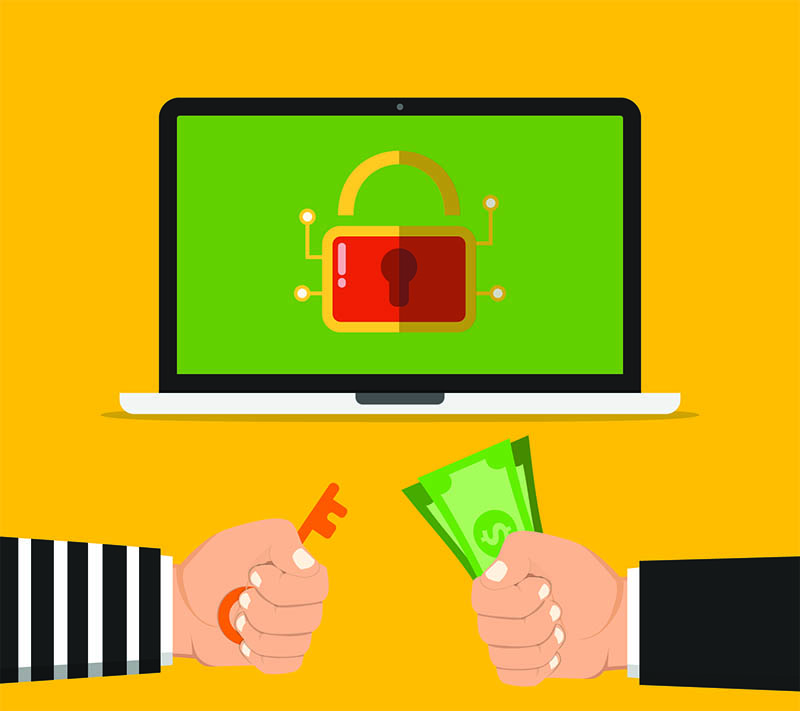Privacy in the workplace – practical tips for employers

Read more

Read more

Read more

We are regularly told to block or ‘clear our cookies’, or use a private browsing mode, if we don’t want to be tracked as we visit websites. Website operators and marketing, advertising, and other tracking companies, however, have developed other ways of tracking us, called ‘fingerprinting’, which work even if you clear or block your cookies. How prevalent is this kind of cookieless tracking? How accurate is it? And what are the implications for our ability to control our personal information and protect our privacy interests?
Read more
When you drive down the road or park your car, have you considered who might be recording where your car was at any given time, and where that information is stored and shared? Public agencies and private companies are using Automated Licence Plate Recognition (ALPR) systems to track vehicles throughout Canada, today.
Read more
The way we interact with our digital devices has evolved over time: from specific commands in command line interfaces, to graphical user interfaces (GUIs), to touch-based interfaces. Virtual assistants (VAs) are the next step in this evolution, and they present new privacy challenges. These assistants, such as Siri (Apple), Alexa (Amazon), Cortana (Microsoft), or simply ‘Google’, are designed to respond to your spoken or written commands and take some action. Such commands let you place phone calls, order a car service, book a calendar appointment, play music or buy goods.
Read more
Virtual Private Networks (VPNs) let you establish a secure communications channel between your computing device and a server. After connecting to the server, you could gain access to a private network that has work files or applications, or use the server as a relay point to then access Internet content when browsing from a public network.
Read more
Ransomware is a type of malicious software (malware) which, when installed on a device or system, prevents access to that device, or that device’s content or applications. Once installed and operational, the malware prompts you to pay a ransom to restore full functionality to the device. Personal or sensitive data have been targeted with ransomware, or accessed when attackers were rifling through organizational computers or networks. In fact ransomware has affected a range of devices, including those running Windows, OS X, and Android, and has affected healthcare providers, police services, public schools, universities, and various types of businesses, in addition to individual consumer users. It’s an increasingly prevalent issue, with Symantec estimating that Canadians were affected by over 1,600 ransomware attacks a day in 2015.
Read moreUpdate:
Read moreA complaint investigation about a daycare that offered webcam monitoring to parents caused us to consider the prevalence of high tech surveillance tools in the day-to-day lives of children. Specifically, we wondered how technical surveillance might affect kids’ feelings about privacy.
Read moreCompanies are always seeking ways to improve productivity. The most innovative and successful methods can create some positive buzz around a company.
Read moreShowing items 1 through 10 of 38.